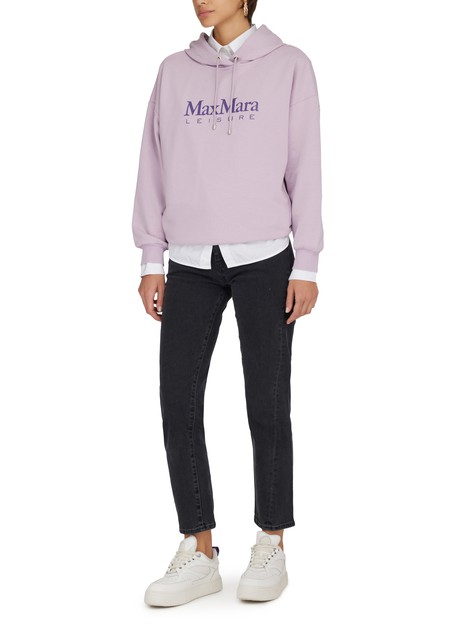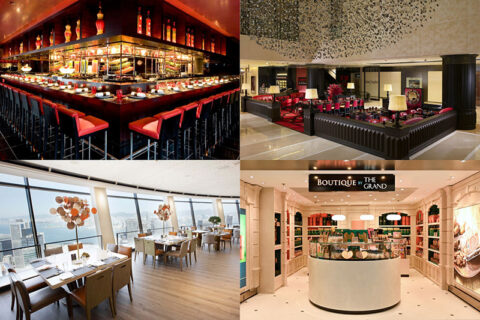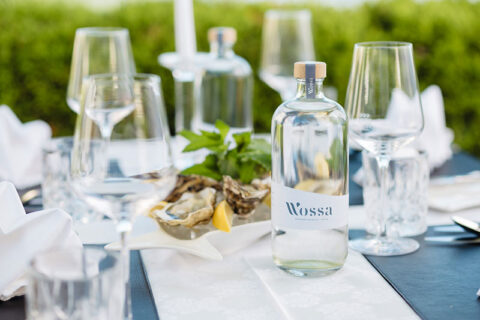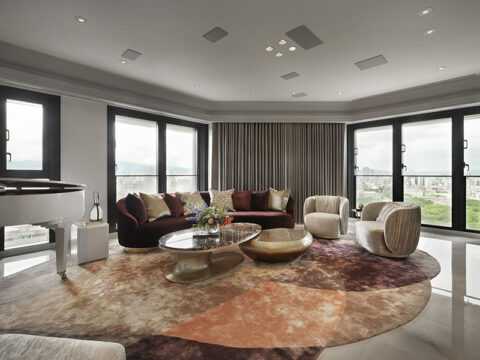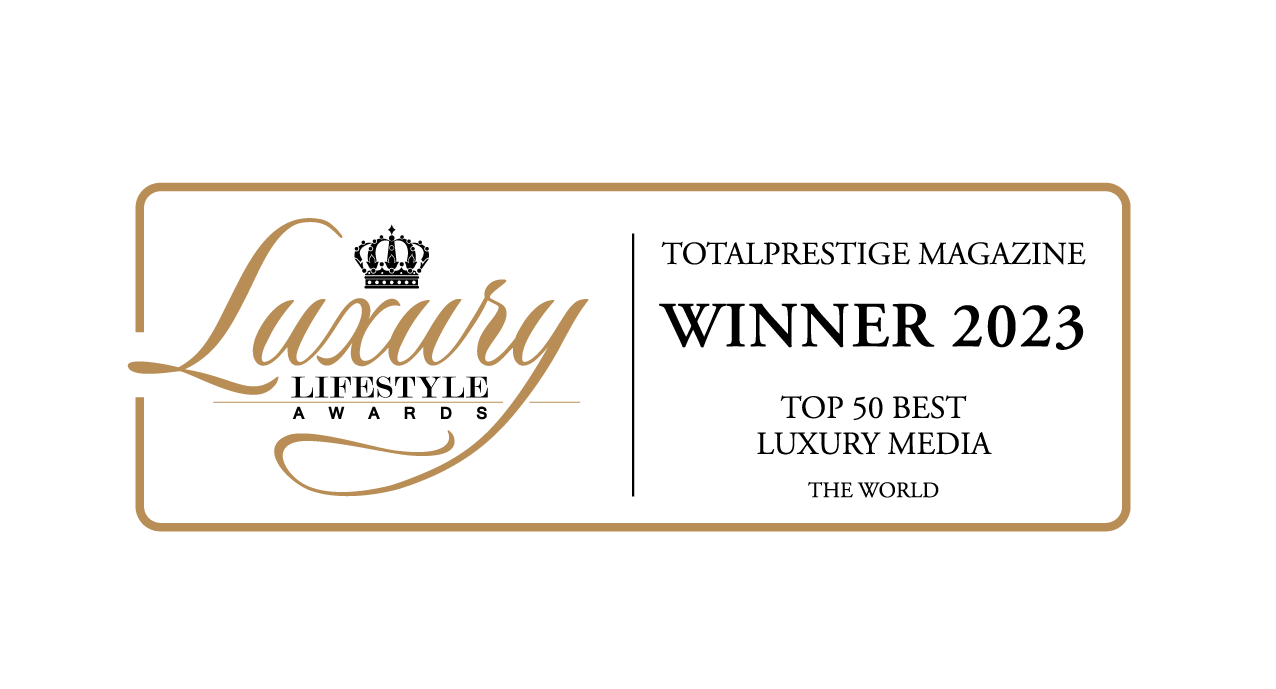Religion and spirituality have become more popular in high-end fashion and worldwide in the last two decades. During the late 90s, designers like Christian Dior, Jean Paul Gaultier and Alexander McQueen, Louis Vuitton, Celine, Max Mara and Chanel (to name a few) experimented with and drew inspiration from religious motifs. As the globe evolves toward a more open period, this fashion notion is being pushed to a new level, and it’s one you’ll want to be aware of in the coming years.
Let Us Dive Into the Details
According to research conducted by the International journal of emerging markets: reincarnation, general personal and global personal spirituality, and conspicuous consumption of fashion all had a good direct influence on the conspicuous consumption of fashion post-Covid 19 pandemics. Positive dispositional emotion moderated the relationship between reincarnation, general personal and global personal spirituality, and conspicuous consumerism.
Recently, there has been a rise in the influence of spirituality on mental health. Moreover, psychiatrists are growing increasingly interested in spirituality due to the benefits it may provide to service users’ mental health. The information above clearly indicates the great ability of spirituality to influence not only the mind of a person but also their behavioural patterns.
Spirituality can greatly affect consumers’ buying decisions concerning certain products, especially regarding fashion and luxury.
What Fashion Weeks Looked Like Last Year!
Last year’s Met Gala, held on the first Monday of May, was themed Heavenly Bodies and the impact of the Catholic Church on fashion. When challenged about the apparent contradiction of this topic, Vogue editor-in-chief Anna Wintour said that her staff “worked very closely with the Vatican” to ensure that every element was prepared without hurting the source of inspiration. The Met Gala showcased the newest in religiously influenced clothes, from rosaries to pope-inspired outfits.
This theme and design take on fashion represent the relationship between human spirituality and the freedom to express oneself in the name of the holy. This liberal use of spiritual connotations is not limited to the large denominational churches of the world either as fashion-conscious Max Mara, style trends are open to endless possibilities. Whether you draw inspiration from Eastern cultures and beliefs or get fashion forecasts and advice from psychic sites like Celine, your style may evolve from predictable to enlightening thanks to global influences.
The movement, however, is about far more than esoteric and religious symbols on garments. Despite remaining conscious of cultural appropriation, several designers have taken the initiative to adapt the style to both female and male fashion. Sophisticated and magnificent aesthetics depict these varied interpretations, with innovative integration of spiritually relevant designs for everyone to explore.
According to more findings on the influence of spirituality on fashion, hijab fashion is an encouragement, attraction, modesty, and social image among Turkish Muslim women. As a result, we have seen more and more big fashion names appreciate the beauty of hijab and consider incorporating designs that are hijab friendly into their collections.
Back in the days of Studio 54, André Leon Talley apprenticed alongside stars like Diana Vreeland and Andy Warhol. At a young age, Talley embraced his religious values in his design style and philosophy as a churchgoer. “The Gospel According To André,” a documentary on his inspiration, was released in May. The documentary looks into his religious background and how it influenced his sense of style, which frequently features Moroccan kaftans, pulling creativity from religion and tradition. His daring style defies masculine fashion standards and is openly linked to his spiritual values.
Whether spiritual or not, this emphasis allows you to explore new areas of fashion and tailor the style to your preferences. When it comes to fashion, there are no bounds, no right or wrong; there are no rules. In the spirit of André Leon Talley’s counsel, embrace your adventurous side and remember, “If Marc Jacobs can wear a lace dress, I can wear a kaftan or whatever else I choose, at any moment”.
The increased controversy in the global fashion sector has proven to be the most difficult task for fashion companies to remain relevant in the market. As a result, marketers must differentiate their brands to attract more customers. Establishing brand personality is one approach to achieving this distinctiveness. Brand personality not only distinguishes one product from another, but it is also typical tactic marketers employ to generate a competitive edge for their company.
Take Aways
Although brand personality has been examined on numerous product brands, there has been little study on Muslim items, particularly modest fashion clothes, which seems biased because various religions worldwide also have staunch beliefs. Therefore if you are looking forward to shopping at the best online platforms that respect your faith and make you feel at home, think of Max Mara.

